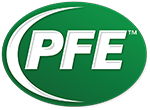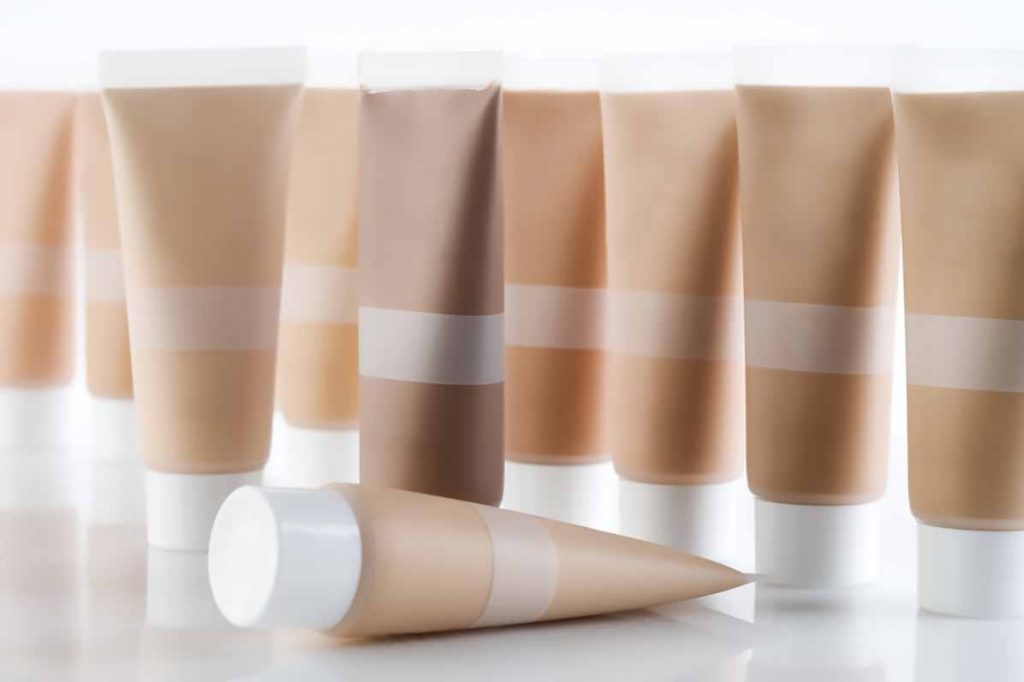Latest Articles
AMHERST, NH [April 28th, 2021]
On March 5, APR awarded a letter to P&G for the company’s 100% plastic base-cup-free, bag-in-bottle aerosol container.
During a March 5 webinar, Scott Smith, research fellow at P&G, explained that the company has developed two recyclable all-plastic aerosol containers to replace metal ones. The most recent one to undergo recyclability testing is a bag-in-bottle design, where the product is inside a bag in a bottle. A propellant, which is located between the bag and the bottle, collapses the bag and ejects the product when the valve is opened. The other more-common design is a dip-stick aerosol, where the propellant and product are mixed together in the bottle and the product is ejected up the dipstick when the valve opens.
The 100% polymer bag-in-bottle aerosol underwent recyclability testing by Plastics Forming Enterprises (PFE), which confirmed it met APR requirements for PET bottle recycling.
During the webinar, Smith explained that the only non-PET components are a polyolefin in the valve stem and elastomers that are used in the valve stem and to replace a metal spring. He estimated they make up less than 3% of the package weight, and they all float away from PET during the recycling process.
“P&G is very excited to be able to work with the APR to bring this new innovation to the aerosol marketplace,” Smith said. “We’re very excited to bring a completely recyclable aerosols container through to the PET recycling industry.”
In December, P&G received an APR critical guidance letter for the dip-tube and bag-in-bottle aerosols with base cups. The base cups are sometimes needed to ensure the bottle doesn’t crack during six-foot drop tests.
The latest letter was the same bag-in-bottle package without the base cup. The dip-tube version without a base cup received an APR letter in December 2019.
HDPE barrier layer tubes
APR on March 22 awarded a letter to GSK confirming tube packaging used by the pharmaceutical company can be recycled in the color HDPE stream. The HDPE tubes, which are provided by global tube packaging producer EPL (previously known as Essel Propack Limited) use the Platina 2515 resin formulation with an EVOH barrier layer that makes up 5% or less of the package.
APR has already recognized EPL’s Platina formulation as compatible with HDPE color recycling processes. During a March 19 APR webinar, Clio Boura of GSK said her company wanted to certify the recyclability of the material as used in GSK’s tube packaging.
The tubes that were tested contained the Platina 2515 laminate with 5% or less EVOH. They were decorated with direct flexographic UV-cured ink and had low-melt-flow-HDPE tube shoulders. Caps were not included.
Testing by PFE showed they’re compatible with color HDPE recycling processes, Boura said.
“Overall, it was a good performance on the tubes and that gave us the confidence that we’re on the right path with the solutions we want to bring out on the market,” she said.
Additionally, GSK had the tubes tested for sortability, to ensure they could be properly separated from the stream of recyclables at a materials recovery facility (MRF). As expected, they found the smaller tubes would fall through screens to become residue at MRFs, but the larger tubes would be properly sorted, Boura’s webinar presentation showed.
PP thermoformed tray with a barrier layer
APR on March 31 issued a letter to Silgan’s plastic food container division for its PP thermoformed tray with up to 8% EVOH barrier layer.
During a March 26 webinar, Jim Lucken, vice president of engineering sustainability at Silgan’s plastic food container division, said the package is meant for shelf-stable retort-packaged food, including soups, pasta/rice dishes, baby food and pet food. The EVOH is important to protect against oxidation in the food.
Silgan tested thermoforms with 5% and 8% EVOH. The 5% EVOH tray represents most of the packaging for human food, which is less prone to oxidation than pet food, he said.
Mostly PP, the trays include a layer of EVOH, tie layers and layers of production scrap regrind. The regrind layers contain an additive to compatibilize the PP regrind and the EVOH, Lucken said. He noted that Silgan hasn’t been able to find post-consumer PP that meets the FDA condition of use A, which is needed for use in this packaging.
Link to full article by plastics recycling update https://resource-recycling.com/plastics/2021/04/28/apr-recognizes-recyclability-of-packaging-technologies/
About Plastics Forming Enterprises
Plastics Forming Enterprises, LLC was founded in 1984 and has played an instrumental role in advancing the recycling industry in North America, and beyond. PFE has consulted on the development of some of the world’s largest and most innovative PET recycling facilities, associated with over 70% of the U.S. PET processing capacity during the industry’s early growth. PFE has worked with hundreds of clients across the value chain, ranging from resin manufacturers, material converters, recyclers, brand owners and trade groups to ensure products create value in the recycling system. In addition to driving innovation in PET recycling, PFE offers similar expertise for all commodity resins, in both rigid and flexible packaging. From supporting the development of testing protocol to demonstrating recyclability and consulting on design for recycling, PFE has had a hand in furthering the recyclability of a significant number of products utilizing the PFE plastics recycling pilot process facility and supporting testing laboratory.

